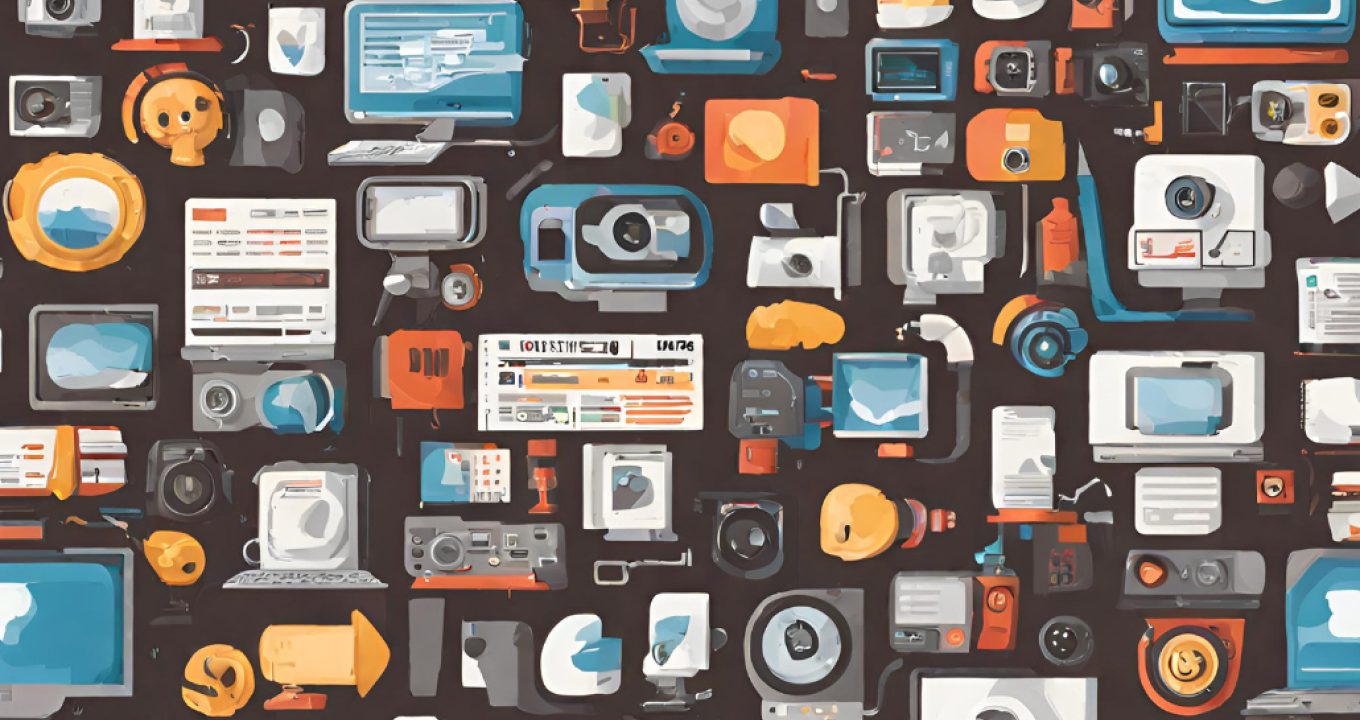In this part of this series, we delve into the unique blend of opportunities and challenges that the rise of GenAI in media & entertainment has brought about, along with evolving consumer preferences.
Current Landscape
The decline in traditional media globally contrasts sharply with the digital transformation successes seen in India. Digital platforms like Disney+ Hotstar’s utilization of cricket broadcasting rights to amass a large subscriber base exemplifies the potential for innovative monetization strategies despite the high costs associated with content and rights acquisition.
The industry’s pivot towards premium content across sectors, despite existing monetization challenges, is also notable. While homegrown vernacular social media platforms have struggled to find monetisation models, the road for more niche communities and content is just being paved.
The audio segment, along with the comic book and gaming industry, points towards a thriving ecosystem ripe for innovation, with new-age platforms like Pratilipi, Dashtoons and Mugafi paving the way for new intellectual property (IP) development.
The GenAI Disruption
GenAI is setting the stage for a revolution in content creation and distribution. The technology’s capacity to generate personalized, engaging content at scale offers unprecedented opportunities for M&E companies. This cutting-edge technology is already reshaping how content is produced, from pre-production and development to distribution and marketing.
Tools like Midjourney and Stable Diffusion are paving the way for new forms of art. Audio platforms like PocketFM are already using GenAI to scale up hits. Sora, Descript and RunwayML are expanding from generative video editing to creation. In India, startups like Rephrase.ai and HippoVideo are harnessing GenAI to create hyper-personalized video content, indicating the technology’s transformative potential across text, image, video and audio.
Tyler Perry has already halted his $800Mn Hollywood studio expansion plans in the face of this seismic shift to new models of production.
Predictions and Future Trends
These are my bets for some of the next-generation startup models we’ll see emerge in this sector:
1) Everyone is now a creator:
Given the rise of LLMs, everyone is now a creator. Supply is no longer the constraint across formats- moderating quality, generating demand and rethinking search are the real moats to building at scale. We will see the rise of entirely new AI-first platforms focused on highly personalized content and digital goods, with Gumroad leading the way.
2) Rethinking search and monetisation:
Regardless of the format you choose- audio, video, comic books, or animation- if you’re building a content marketplace in 2024, the game-changers will unlock or create a new category of consumer behavior when it comes to discovery or monetization. Wobot Intelligence, an Indian startup, is pioneering AI-driven solutions that transform content marketplaces.
3) Hacking for hits:
If you’re building a content platform, you will still have to show your path to either generating a ‘hit’ or building on existing IP. Every generational media business- whether it’s Disney, Netflix or T-series- is built on one IP that ‘works’ to begin with, and you can only hack or buy distribution up to a certain point. You have to hack both supply and demand until you get that elusive ‘hit’
4) Gaming gets more immersive:
Gaming will be reimagined and will become the largest category in this sector. We will see entirely new fantasy sports, virtual worlds, and never-ending games as GenAI changes the way we build games and makes them increasingly immersive. Companies like Epic Games are already leveraging AI technologies for enhanced gameplay. Kae is investing in a company which helps users create 3D assets from text using Gen AI, which could have very interesting applications in gaming. A61z has already set up a new arm that focuses on investing in the disruption of gaming.
5) Social media gets less social:
The next generation of social media networks will go deeply vertical and niche, focusing on AI friendships or being highly private. There is no middle ground. The rise of AI chatbot products like Replika, Anima, and CharacterAI is already showing that we’re finding solace in AI.
Conclusion
While the rise of GenAI does pose several challenges when applied in this industry such as lack of originality, deep fakes, intense competition for creators and IP minefields, the evolving landscape of India’s M&E sector offers a golden opportunity for founders to innovate and thrive.
Embracing GenAI, understanding nuanced consumer behaviors, and pioneering new models in content creation and distribution will be key to navigating this sector successfully.
If you’re building in this brave new world, do reach out (natasha@kae-capital.com). I’d love to brainstorm with you on staying close to the user and going deep on understanding their pain points, building for retention and quality and hacking growth.
